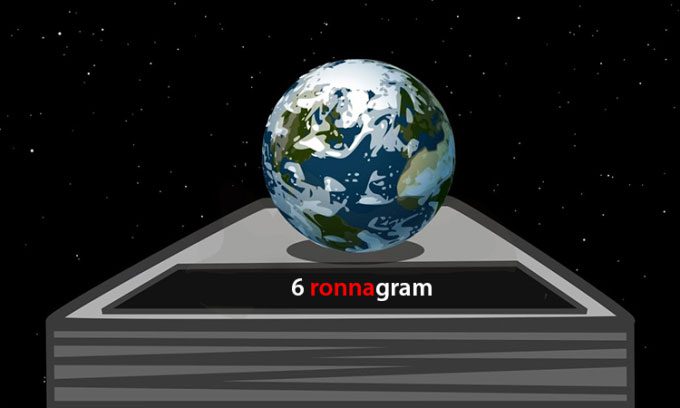International scientists have added 4 new data prefixes to represent the largest and smallest measurements in the world.
Joining the ranks of well-known prefixes like kilo and milli are ronna and quetta for the largest measurements, along with ronto and quecto for the smallest, this marks the first time in over three decades that new prefixes have been added to the International System of Units (SI), the globally accepted standard for the metric system.
This change was voted on by scientists and government representatives from around the world attending the 27th General Conference on Weights and Measures at the Palace of Versailles in western Paris, France.

The Earth weighs approximately 6 ronnagrams according to the new prefix. (Photo: Inside Science)
The new prefixes make expressing large quantities easier, such as referring to a kilometer instead of a thousand meters, or a millimeter instead of a thousandth of a meter.
Since the SI was established in 1960, the scientific demand has led to an increasing number of prefixes. The last update to the SI was in 1991 with the addition of two pairs of symmetric prefixes: zetta – zepto and yotta – yocto, where zetta denotes ten to the power of twenty-one (10^21), zepto (10^-21), yotta (10^24), and yocto (10^-24).
However, even the yotta prefix is insufficient to meet the colossal data demands of today’s world, according to Richard Brown, head of the measurement division at the UK’s National Physical Laboratory.
“In terms of representing data measured in yottabytes, the highest current prefix, we are very close to the limit. Expanding the pairs of symmetric prefixes will be very useful for quantum science and particle physics,” Brown told AFP.
The pairs of prefixes ronna – ronto and quetta – quecto will simplify how we refer to very large or very small numbers. Specifically, ronna represents 10^27, ronto (10^-27), quetta (10^30), and quecto (10^-30).
According to this new update, the Earth will weigh approximately 6 ronnagrams (6 x 10^27 g), and Jupiter will weigh around 2 quettagrams (2 x 10^30 g).
Richard Brown at the National Physical Laboratory, the UK’s standards measurement center, said: “There has been quite a bit of speculation in the media about the addition of yottabytes. For instance, brontobyte is informally used by some to describe 10^27 bytes. Meanwhile, Google’s unit converter will convert 10^27 bytes into hellabytes.”
“However, these naming conventions are not compliant with SI standards. The letters “b” and “h” have already been used for other prefixes and units. Therefore, adding new prefixes will ensure a unified naming system, while unofficial names will not proliferate excessively in scientific literature,” Brown believes this addition will meet the world’s needs for at least the next 20-25 years.
While these names may sound randomly assigned, they must adhere to strict principles. “r” and “q” are the only remaining letters in the alphabet available for use. Additionally, the convention states that large-number prefixes must end with the letter ‘a’ (like ronna and quetta) and smaller prefixes must end with the letter ‘o’ (ronto, quecto).




















































